When shopping for sofas, it helps to narrow down the styles you like. And to do that, you need to know just what the various styles are. So we created this illustrated guide of the most in-demand options and what differentiates them from the others. Don’t know your tuxedo from your track arm? You will now!
Cabriole

KEY FEATURES: You want curves? The cabriole sofa’s got them. There are the namesake legs, of course, with their distinctive S curve, and the back and arms of a cabriole typically form one continuous curvaceous line as well. This style of sofa is just the thing to warm up a room dominated by straight lines and right angles. What’s more, its exposed wood frame gives it an airiness especially well suited for smaller spaces.
FUN FACT: Cabriole-style furniture was all the rage in 18th-century Europe, particularly in the court of Louis XV. The name comes from cabrioler, a French word that means “to jump like a goat.” It’s a compliment regarding the style’s gracefulness; there’s also a ballet leap called a cabriole.
Camelback
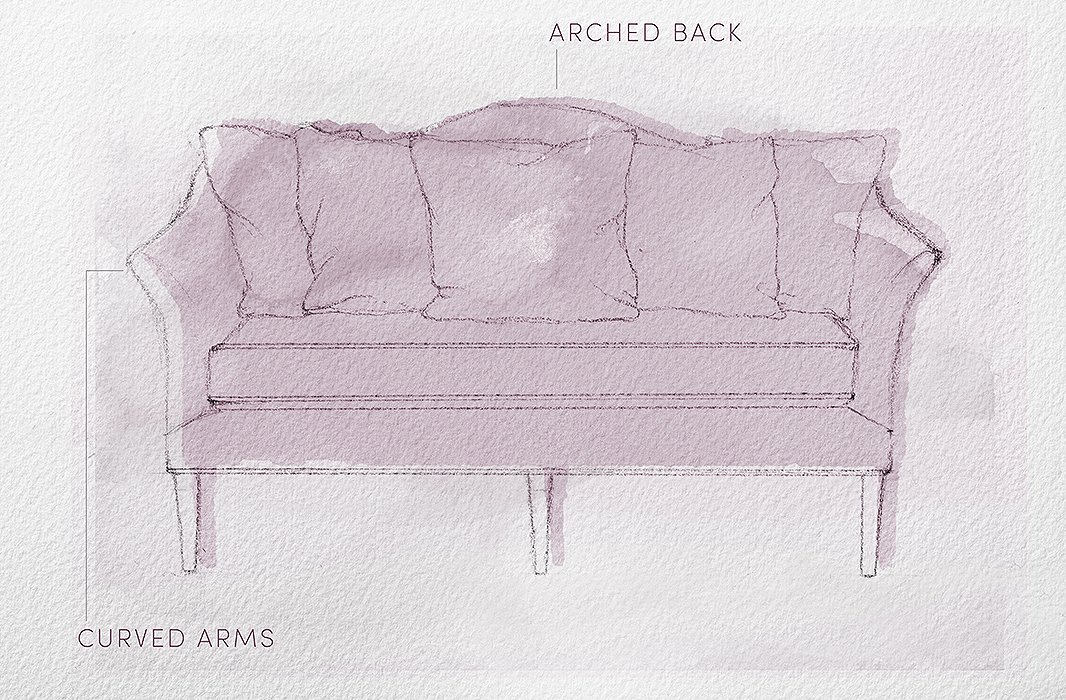
KEY FEATURES: Think of the camelback sofa as the less flirty cousin of the cabriole sofa. Like the cabriole, it’s curvaceous, but in a more formalized manner; for instance, at least one seat-back arch, or hump, is required to qualify it as a camelback. If you want to break up the straight lines of a room while maintaining a traditionally refined ambience, a camelback is a failsafe option.
FUN FACT: English furniture maker and interior designer Thomas Chippendale is credited with creating the camelback sofa in the 18th century.
English Roll Arm
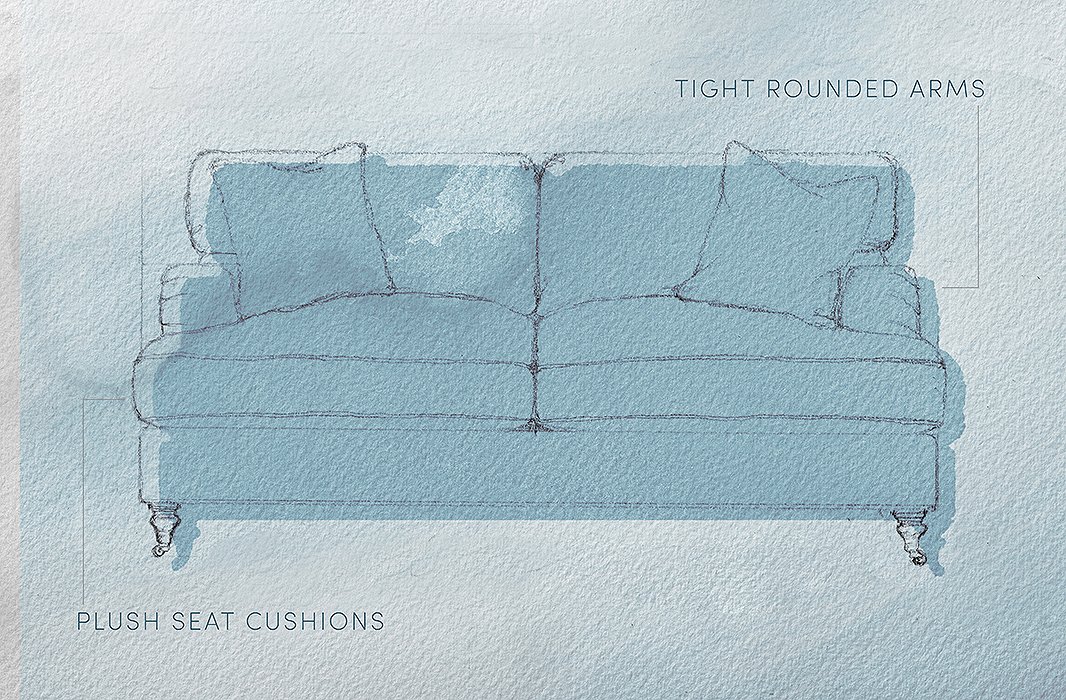
KEY FEATURES: The English roll arm that gives this sofa style its name is tighter, more compact, and lower than the traditional roll arm, but it’s still padded for plenty of comfort. Add to those arms a relatively low seat, plump seat cushions, and short turned legs on casters, and you have a sofa that’s not only a delight to sink into but also able to complement just about any decor style.
FUN FACT: Born at the turn of the 20th century, this sofa style was first seen in Britain’s country manors. Today it’s seen almost everywhere: Director Sofia Coppola, J. Crew honcho Jenna Lyons, and designers Paloma Contreras and Windsor Smith are among the diverse tastemakers who’ve cozied up on the sofas in their homes.
Lawson

KEY FEATURES: With its simple silhouette, low arms, and amply padded cushions, the Lawson is the chameleon of sofas. Upholstered in toile or chintz, it’s right at home in a traditional sitting room; clad in gray, black, or white, it’s unobtrusively transitional; decked out vivid velvet or silk, it’s the life of the party (and the room). Just as important, the Lawson tends to be the perfect sofa for sprawling out with a book—or for a nap.
FUN FACT: The sofa is named not for its designer but for the man it was designed for—Massachusetts financier Thomas W. Lawson, who at the turn of the 20th century requested a sofa designed for maximum comfort. Whether he napped on the sofa is unknown.
Track Arm
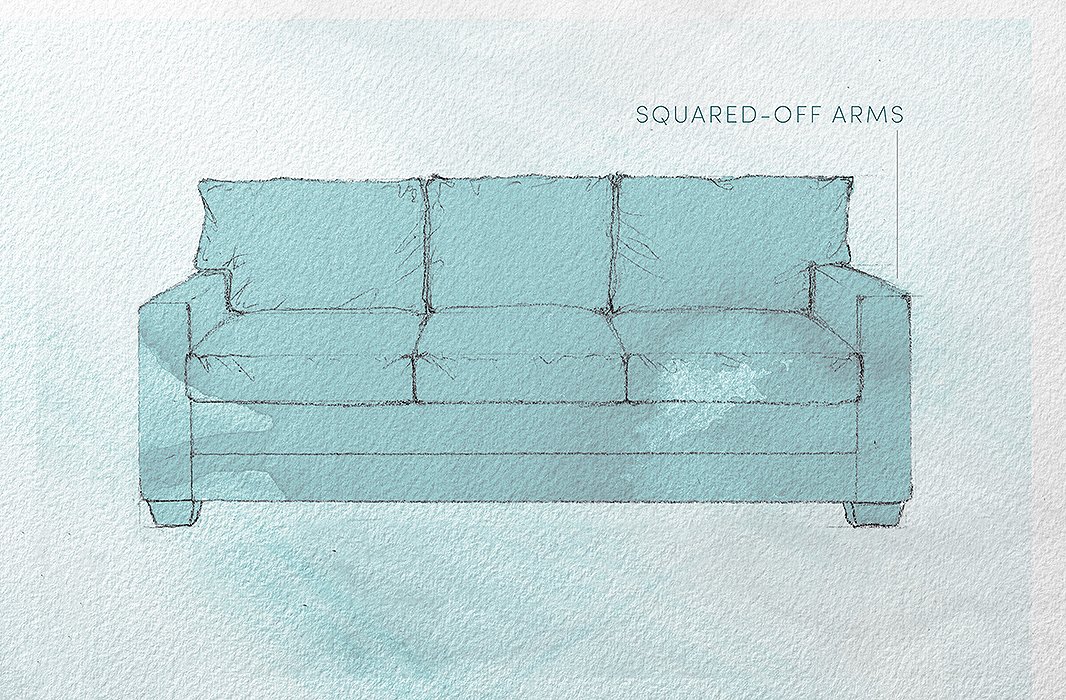
KEY FEATURES: As its name indicates, the flat, squared-off arms are the distinguishing feature of the track-arm sofa. Its rectangular shape makes it a shoo-in for creating a Mid-Century Modern vibe, but this sofa is a great option for just about any small room, as it takes up less space than a roll-arm option. Upholster it in a plush velvet or a nubby tweed, toss on a few pillows, and you’ve cozied it up without detracting from its streamlined allure.
FUN FACT: This just may be the hardest-working sofa around. Its flat arms can also serve as surfaces to place a drink, a remote control, or a snack. And if the arms are wide enough, extra guests can perch on them during cocktail parties. Talk about your multitaskers!
Tuxedo

KEY FEATURES: In case you couldn’t guess by its sleek geometry, the tuxedo sofa is a product of the Art Deco era. Its arms are the same height as its back, and in lieu of cushions, the inside back and arms are often tufted. The back and arms tend to be higher than those of most other sofas, adding to the glamour of the style. While you might be too dressy for your family room, its presence will immediately raise the tone of a formal living room.
FUN FACT: Like the formalwear, the tuxedo sofa was named after Tuxedo Park, NY, a highly exclusive village that was at one time home to Dorothy Draper, JP Morgan, and William Astor.
Chesterfield

KEY FEATURES: Like the tuxedo sofa, the chesterfield features tufting along with arms that are the same height as its back, but that’s where the similarities end. Rolled arms and, often, nail-head trim give it a visual heft and gravitas; ditto the leather it’s typically upholstered in. Evoking British gentleman’s clubs and manor-house libraries, it’s ideally placed near artwork or other furnishings that you want to attract attention to, as it’s sure to be a focal point of any room in which it resides.
FUN FACT: Legend has it that the fourth Earl of Chesterfield, an 18th-century writer, politician, and trendsetter, commissioned a leather sofa that would be comfortable enough to enable him to sit upright for hours at a time—without causing his clothes to wrinkle. The result was a sofa in the style that now bears his name.
Midcentury

KEY FEATURES: “Form follows function” was a mantra of Mid-Century Modern design, so if you’re looking for simple, clean-lined, and above all, comfortable seating, a midcentury-style sofa may be ideal. Low-slung and rectangular in shape, it will probably have short legs made of wood or metal. This sofa’s only embellishment will likely be tufting, and even that’s not a given.
FUN FACT: Mad Men has been credited with much of the renewed popularity of midcentury style, though anyone who has watched reruns of I Love Lucy and Bewitched has long been familiar with it. For that matter, the animated title family of The Incredibles had a pretty sweet midcentury-style sofa in their living room.
Slipcovered Sofa

KEY FEATURES: A favorite of parents, pet owners, and anyone who’s been known to spill the occasional glass of red wine, slipcovered sofas are simply that: sofas that come with removable, usually washable, slipcovers.
FUN FACT: In the years before air-conditioning became the norm, slipcovers were invented to be placed over upholstery during the summer, to prevent sweat from staining the fabric.
Settee

KEY FEATURES: Settee is often used interchangeably with love seat, though technically settees have shallower seating. Either way, settees and love seats are basically mini sofas, designed to seat just two people. While they can pinch-hit for a sofa in a small living room, their scale also makes them perfect for placing at the foot of the bed, alongside a dining table, or in an entry. They come in as many styles as sofas do.
FUN FACT: The settee gets its name from the settle, a wood bench with arms and a high back dating to the Middle Ages. Love seats were originally designed not for courting lovers but to accommodate the voluminous skirts of 18th-century women.
Sleeper Sofa

KEY FEATURES: Whether you call it a sleeper sofa, a sofa bed, or a pullout couch, this piece of furniture is a must if you like to host overnight guests but don’t have a guest room. Actually, it’s great for a guest room too; when you don’t have company, you can close it up as a sofa so that the guest room can serve as a den or a library. When shopping, bear in mind how long the bed is when extended to be sure your space can accommodate it.
FUN FACT: Though Leonard C. Bailey patented the “folding bed” in 1899, four years earlier Sarah E. Goode had become the first African-American woman to be granted a U.S. patent, for a “cabinet bed” that served as a writing desk when not being used for sleeping.
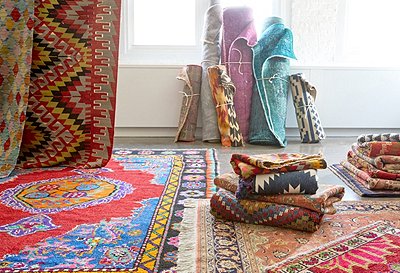
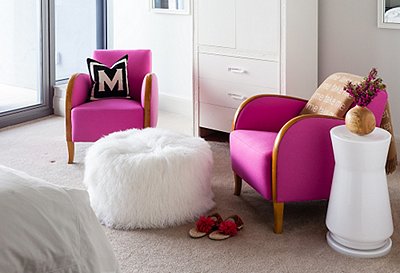
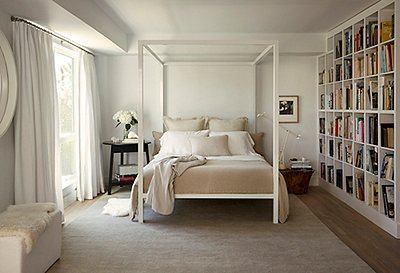
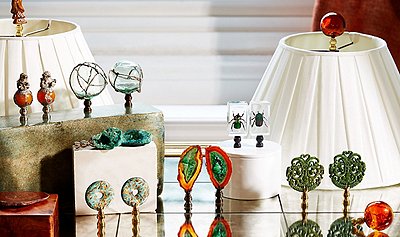
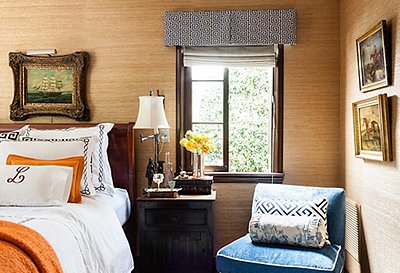
Join the Discussion